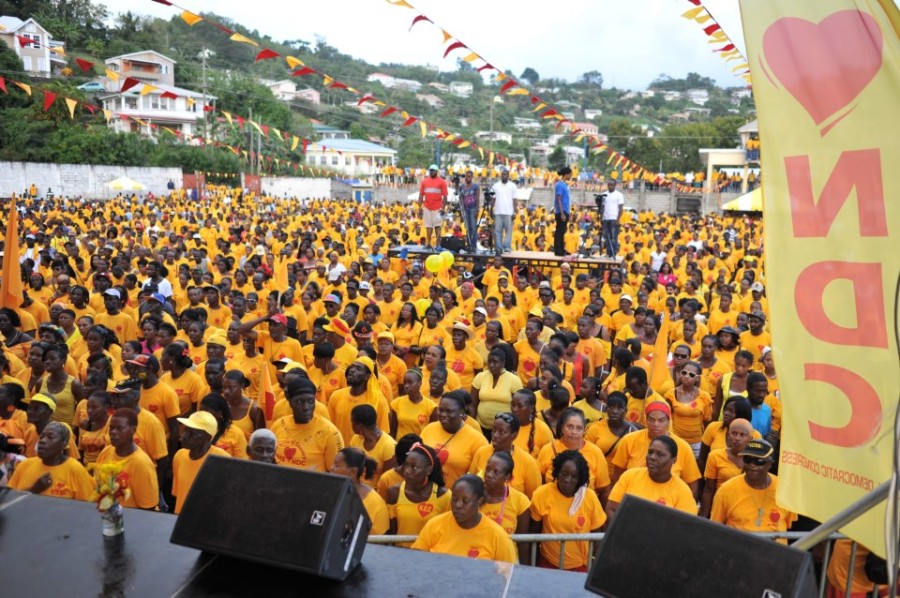In Grenada, political parties have become closely associated with specific colors, shaping both their identity and the experiences of voters. For instance, the New National Party (NNP) is represented by green, the National Democratic Congress (NDC) by yellow, and the Grenada United Labour Party (GULP) by red. Meanwhile, newer parties like D Movement have yet to establish a distinct color, and the People’s National Party (PNP) is still defining its branding.
The significance of these colors can have real-world implications, as illustrated by an incident during the last election. A friend of mine, enthusiastic about voting, wore a yellow t-shirt emblazoned with “I love Grenada.” Upon arriving at the polling station, he was told that wearing yellow would prevent him from voting. Confused and frustrated, he objected and requested the presence of the inspector from the Grenville police station.
When the inspector arrived, my friend challenged him to demonstrate any legal basis for prohibiting the color yellow, as there are no laws in Grenada enforcing or protecting party colors. The inspector ultimately conceded that there was no such law; however, my friend chose to change his shirt for the sake of peace and to ensure he could cast his vote.
This scenario raises a pertinent question: with so many political parties claiming specific colors, what options remain for voters hoping to express their political views? If all significant colors have been claimed, voters may find themselves in a dilemma about what to wear.
As the political landscape evolves, one possibility is for voters to embrace neutral colors or patterns that reflect their individual identities rather than aligning with party colors. For example, neutral shades like white, grey, or black could serve as a canvas for personal expression, allowing voters to connect with their fellow citizens rather than aligning strictly with a political group.
Another alternative could involve the creative use of accessories. Voters could adorn themselves with pins, hats, or scarves representing their preferred party colors, allowing them to participate in the democratic process without being fully associated with a specific hue.
Furthermore, this situation presents an opportunity for political parties to engage with their constituencies on the significance of color in the electoral process. If political associations with color are causing confusion or discomfort for voters, parties might consider more inclusive branding strategies that accommodate voters’ freedom of expression, or the supervisor of election should make it clear that voters can wear any colour once they don’t display any political parties emblems.
As Grenada continues to navigate its political landscape, voters will certainly need to think creatively about how they can express their political inclinations. After all, while colors may define the political parties, the involvement and voice of the citizens are what truly shape the nation’s future.


